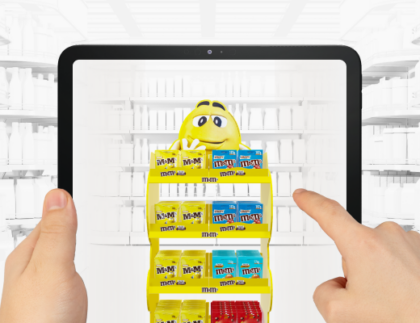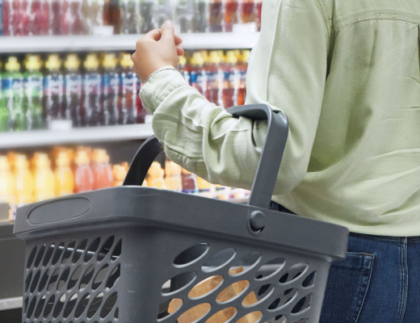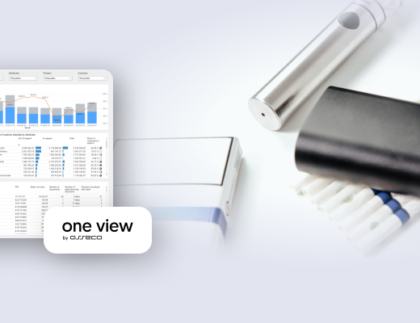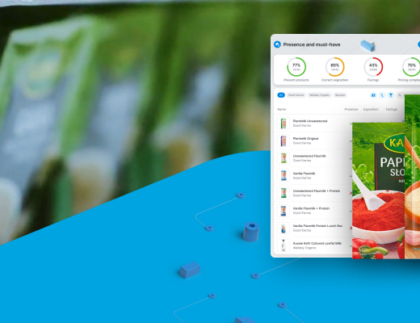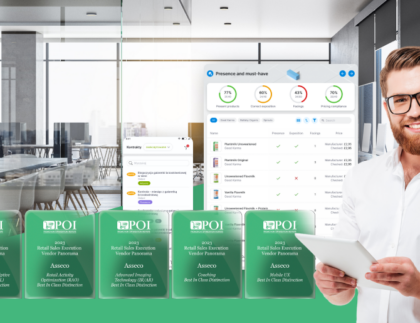
Shifts in the retail landscape along with the Covid crisis brought a renewed focus on upgrading Go-to-Market models, using new tools to improve the collaboration between manufacturers and brick-and-mortar retailers. These include not only rapid technological evolutions enabling the emergence of new collaboration models with better digital security, but also faster shopper behaviour changes and temporary measures like social distancing. As a result, the FMCG industry became acutely aware of the need for closer cooperation between manufacturers and their clients, supported by new technologies. Remote collaboration through digitisation is a perfect example.
Adding remote collaboration to the sales toolkit does not mean that brick-and-mortar stores stop being visited by the manufacturers’ mobile sales representatives. They still are and will continue to be. Those visits are critical in doing business as interpersonal relationships, face-to-face negotiations, and even friendly small talk next to the shelf are invaluable interactions in sales.
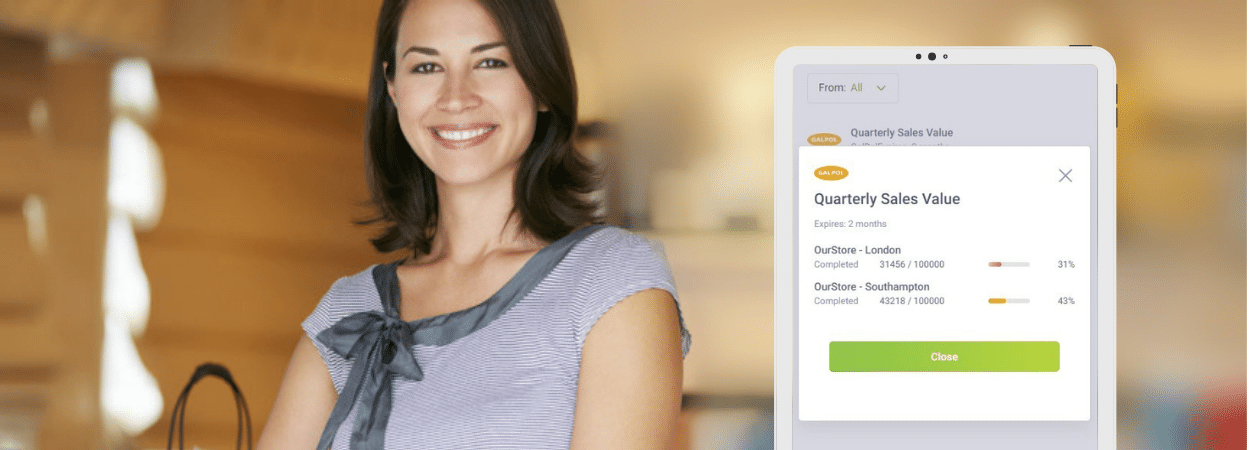
The primary role of remote collaboration is to unlock additional sales value while lowering the marginal cost of sales calls. When combining existing sales methods with virtual execution of selected processes, you sell better and sell more without the necessity to expand headcount to conduct on-site visits more frequently.
Is this the only reason remote collaboration expands consumer goods sales so fast? Not at all. Digitising the process and interactions with business partners offers essential additional benefits:

1. You can do more with less. Remote collaboration with retailers enables you to sell without a time and frequency limit, with no territorial restrictions, to more retail outlets, without the need to grow headcount.
2. You can drive continuous impact. Your relationships with the retailer’s staff are excellent when you are on-site. But what happens when you are away? Feedback is limited, your impact fades, and many sales opportunities go unnoticed. Connecting to the store remotely can change everything: it helps you react immediately to emergencies and rapid changes as they happen, establish better control of shelf conditions, continuously monitor promotions, etc.
3. You can influence store personnel’s decisions better. According to Bain’s 2021 Technology Report: “Around 35 % of [B2B] buyers already have a vendor preference before engaging with a sales rep., and 80 % have solidified their decision criteria and vendor options”. Being present online with information about products, promotions, standards etc., is “a must-have” option if you want to influence the store’s personnel daily. It proves that ongoing remote brand communication is a crucial element of a sales strategy allowing you to avoid sales loss, even during your presence at the POS.
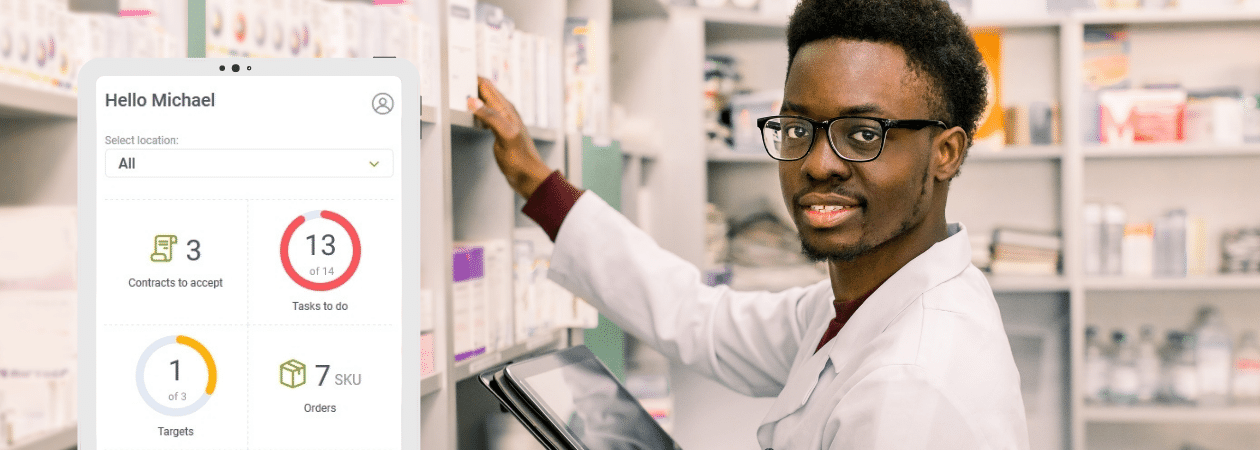
4. You can improve the situation on the shelf. Remote collaboration may also cover enlisting the help of people in stores (both shoppers and POS personnel) while actively engaging them in a self-service model between two sales visits. It can refer to, e.g. order-taking or Perfect Store compliance. As a result, your retail partners will be involved in the last mile, improving sales for you and themselves.
Interested? Contact us to discuss more in-depth: omnichannel@assecobs.com or fill out the form:
